These medicinal herbs are ones that you can forage in the fall and they will stock up your herbal apothecary for the dark days of winter. Identify them at peak growth in spring and summer. Forage for them in fall before the ground freezes. Some roots can also be foraged in spring and summer if you are removing plants that are in the way of your garden.
One key about autumn foraged roots is that they time to identify and mark the plants is in the spring and summer. If you wait for the plants to be finished their growing season, they may not look quite the same as the field guides. Identify your plants during the spring and summer, enjoy using the leaves and flowers of some of these herbs, and mark where they are for root harvest in the fall.
How has your fall been so far? We’ve had frost for about a month with one night going down to -5C. That pretty much killed the tender plants. So we’ve shifted gears. Today’s healthy harvest involves the hardy herbs that can be found in the back yard, the hedgerows, and the vacant lots.
Today’s post is the 6th in our Healthy Harvest Challenge. We are looking today at the medicinal herbs you can forage in the fall from your back yard even after you’ve had a frost. If you haven’t yet had frost or you definitely won’t have frost you still might find these herbs close by. These medicinal herbs grow from zone 2 to zone 10 and can be found all over the world. In fact many of them were brought to North America by moms and grandmas because these were their herbal allies and they knew how to use them to heal their families.
Always make a positive identification of any new medicinal herb, using at least 3 references, before foraging for an herb for the first time. Obey all laws and ask the permission of land owners before foraging on private property. Always forage safely.
Roots, shoots, and barks
Roots, shoots, and barks are the fall harvest of foraged medicinal herbs. You’ll want to dig these up or forage for them before a hard frost makes digging up their roots impossible in your area.
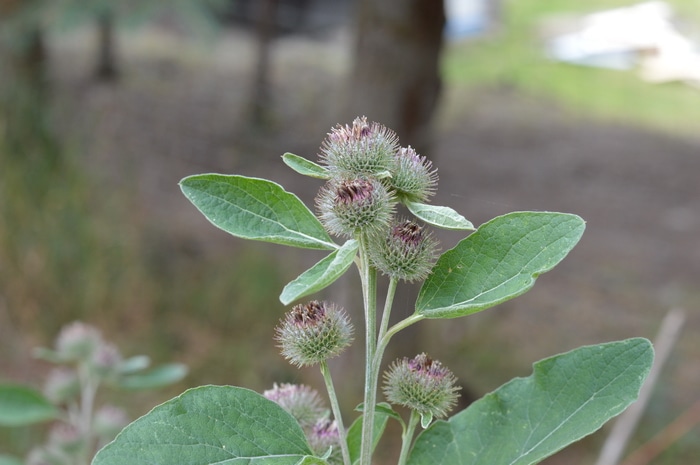
Burdock
Burdock — a liver healer, detoxifier, and nutritive herb that is rich in inulin and supports your microbiome. You want to dig the medicinal roots from the first year plant of this biennial. Use them in dinner, in tea, and in tincture.
Dandelion
Dandelion — these medicinal herb roots are also healing and support the liver. They are slightly bitter and aid digestion. They are also diuretic and there have been preliminary studies that show a correlation between dandelion root tea and the resolution of cancer. You can roast dandelion roots, too, for a coffee substitute that is caffeine free. Learn more about dandelion and it’s actions here.
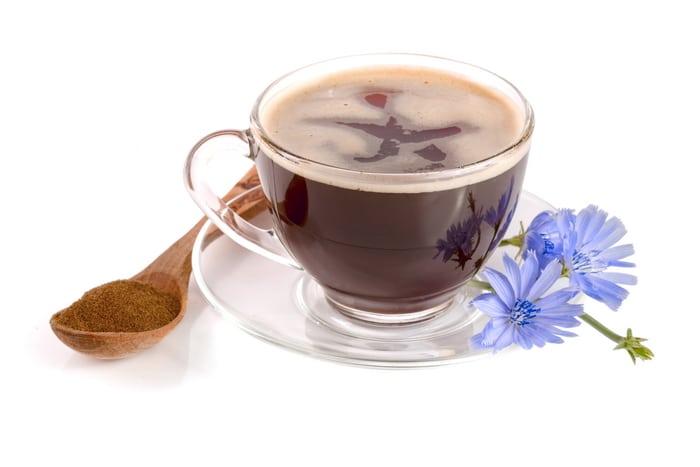
Chicory
Chicory — these roots like dandelion also support the liver and have many of the same properties as dandelion. Being slightly bitter they support digestion. Chicory roots are also used as a coffee substitute. Locate the plants in spring or summer when they are blooming, and mark them for fall harvesting.
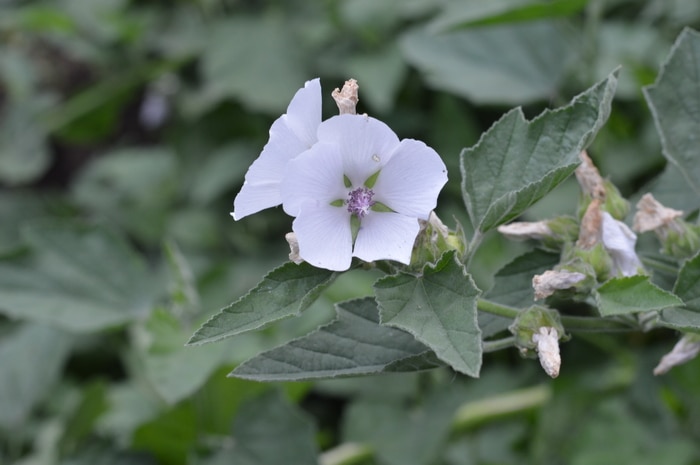
Mallow
Marshmallow, common mallow, roots can be harvested now. These roots are rich in mucilage and can be used to calm upset tummies, coughs, and colds. Find out all about marshmallow and it’s health supporting benefits here.
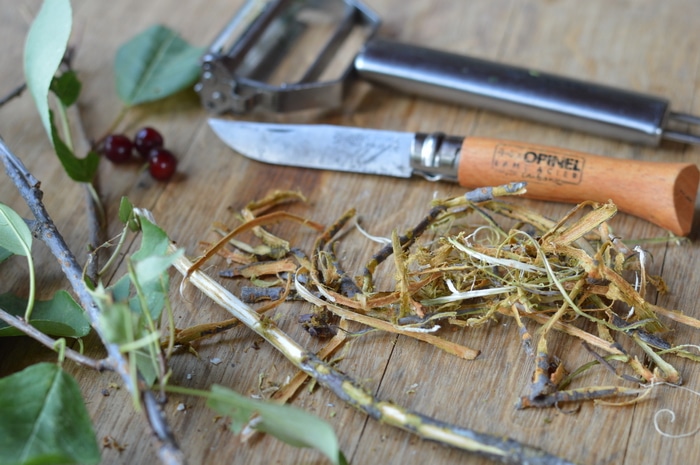
Cherry Bark
Cherry bark — the inner bark of the black cherry or choke cherry tree can be used as a cough remedy to support the immune system and stop unproductive coughing so a person can sleep. Follow my step by step instructions here,and enjoy foraging for this wild medicinal herb.
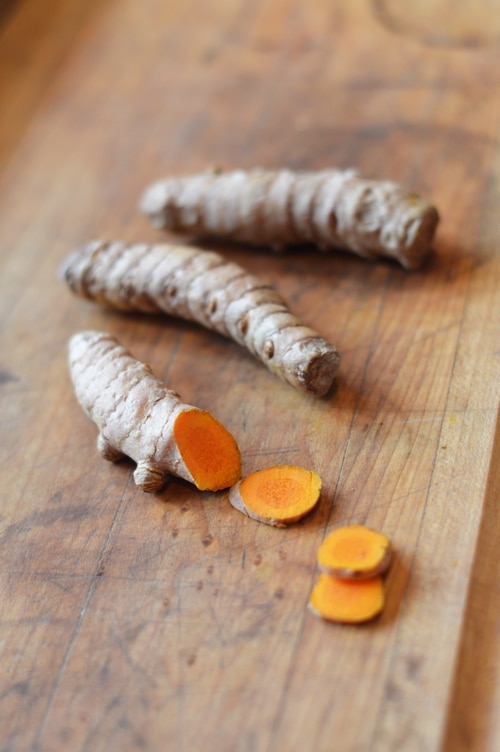
Ginger and Turmeric
Fall is also the time to harvest ginger root and turmeric, if you are one of the blessed ones that lives where it can be grown easily. Simply dig up the roots after the tops have died back. Wash them and allow them to harden off before storing. You may have to plant this one, if it is not natural in your area but you are warm enough for it to grow.
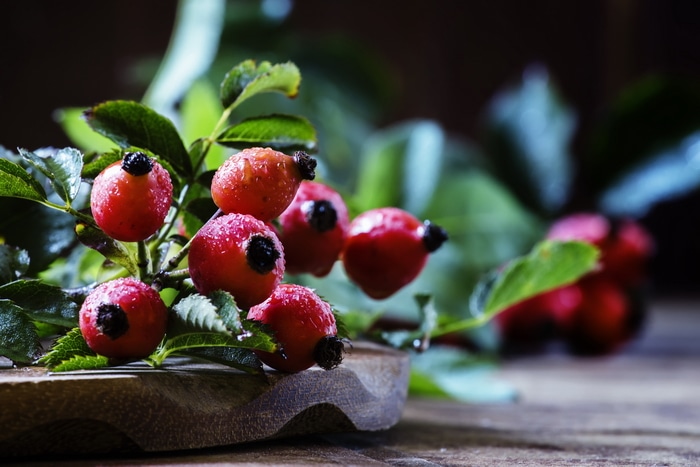
Rosehips
Rosehips can be harvested now as well. Those that are cherry red are rich in anthocyanins, quercetin another flavonoid, and vitamin C, as well as beta carotene. They can be dried to use in winter tea, and soup. Please remove the seeds before drying. Find out more about rosehips here.
Sunflowers:
If you still have sunflowers blooming in your garden the petals can be harvested now for winter tea. They can also be dried and infused in oil for skin soothing salves and lip balms. And don’t forget to harvest the immature sunflower buds to make this delicacy.
Are you following along with the Healthy Harvest Challenge?
Here’s what you missed:
Day 1 Healthy Harvest Challenge:
Discover 42 Things You Can Make with Wild Berries and Small Fruit that Aren’t Jams or Jellies.
Day 2 Healthy Harvest Challenge:
Discover the health benefits of pumpkins and winter squash and eat more of them this fall.
Day 3 Healthy Harvest Challenge
Discover the real meaning behind the adage “An apple a day keeps the doctor away” and find out how to increase the health value of this easy to find fruit, with 25 healthy apple recipes.
Day 4 Healthy Harvest Challenge
Herbal Tea from the Garden that You Want to Harvest Before Snow Comes
Day 5 Healthy Harvest Challenge
Healthy Garlic, Onions, and their Cousins — why they are healthy and how to get more of their goodness working for you.
Find out more here.
Day 6 Healthy Harvest Challenge
10 medicinal herbs that you can still forage from your back yard, in your neighborhood, and from the hedgerow close by
Your Action Step:
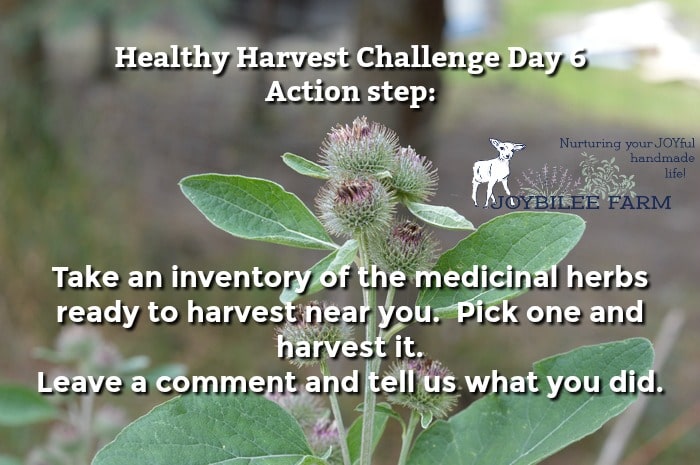


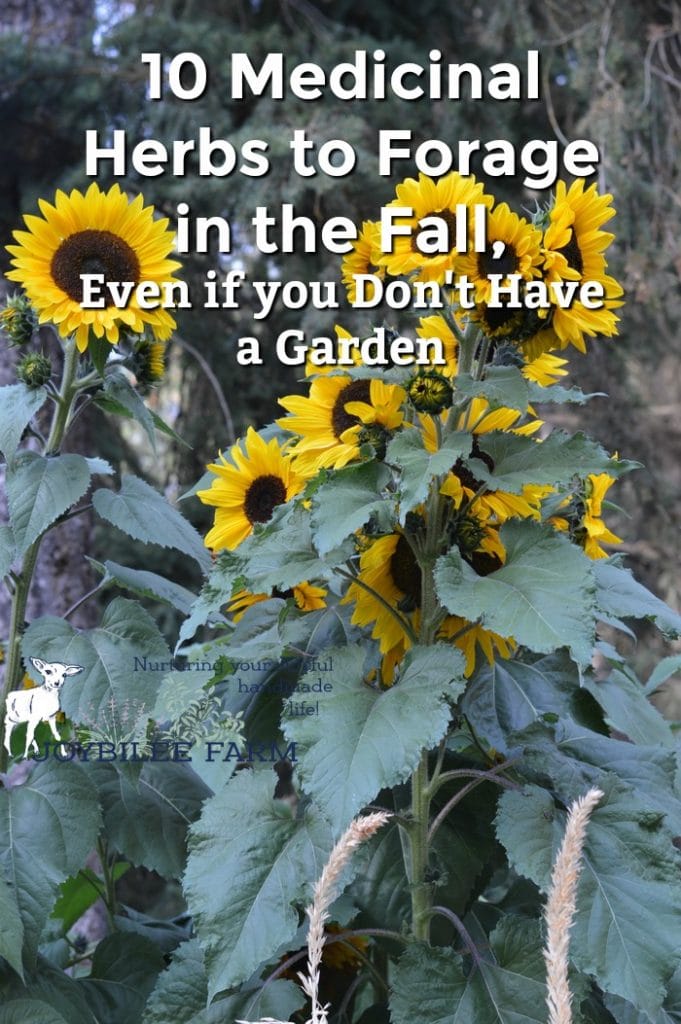
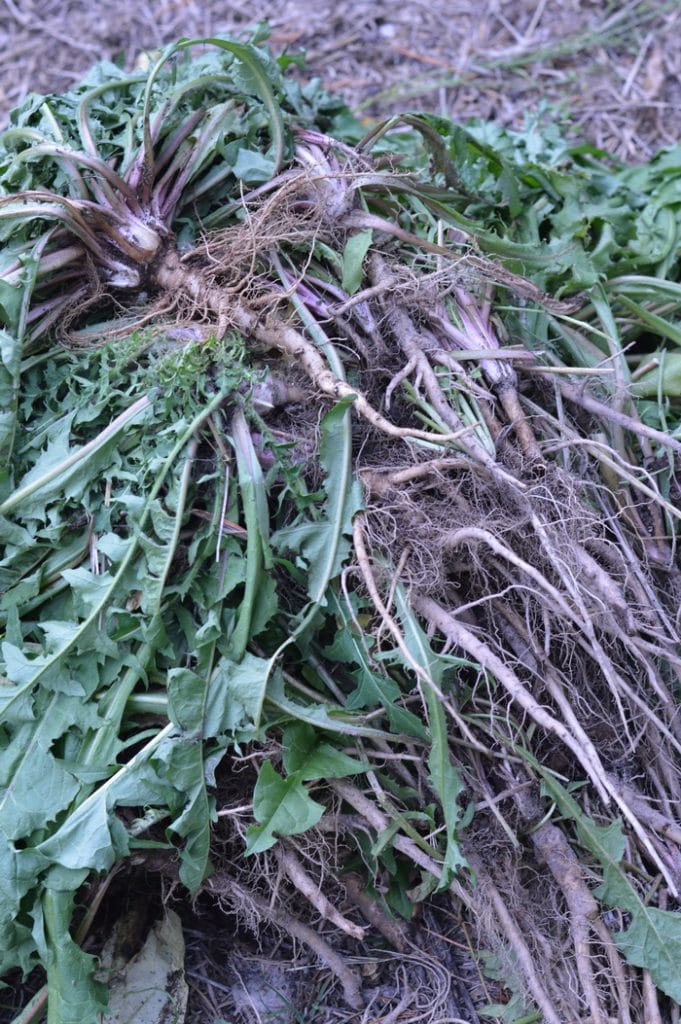
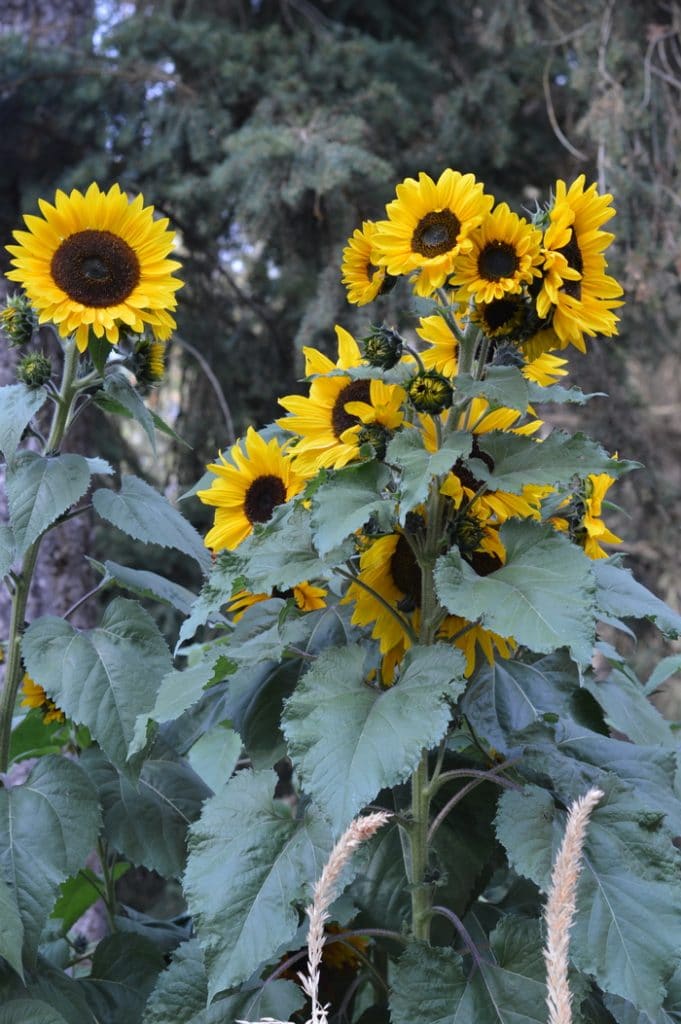

I live in Florida Midway down on the East Coast. I have a very difficult time trying to find the plants described. It seems as though most of them are Northern based plants. Do you know of any plants in Florida that would help with pain and inflammation? Any information you have would be greatly appreciated
The more I read, the more I want to learn. Thank you for the abundance of information. Your enthusiasm and knowledge are so appreciated!